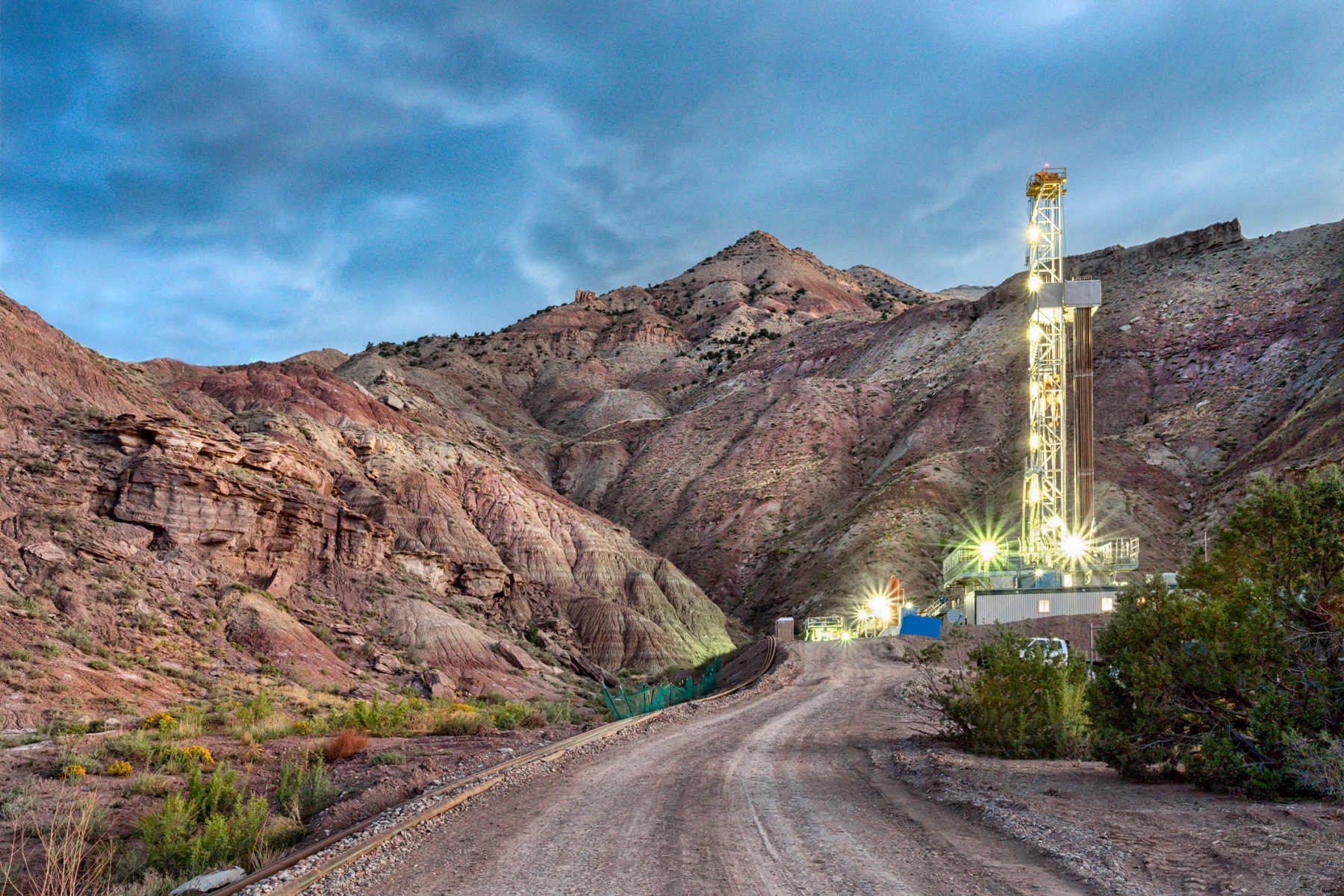
As US-China competition escalates, the United States and Japan should consider substantially deepening their alliance to strengthen each nation’s ability to manage what is likely to be a long-term political, economic, and security challenge. Energy cooperation—especially collaborative energy research and development activities—could contribute importantly to this effort.
Within the existing US-Japan dialogue, Washington and Tokyo have discussed energy primarily through the lens of bilateral trade. The two nations have especially focused on the complementarity of America’s growing natural gas production, thanks to hydraulic fracturing, with Japan’s increasing natural gas consumption as officials in Tokyo seek to reduce the share of coal in Japan’s energy mix, a share that has grown considerably over the last 30 years but which is now starting to decline. The collapse in Japan’s nuclear electricity supply following the 2011 accident at the Fukushima Daiichi nuclear power plant has complicated Japan’s efforts to reduce coal consumption, as have the land use requirements of onshore wind power and solar photovoltaic generation.
New energy technologies, such as advanced nuclear power or carbon capture, utilization, and storage (CCUS) systems for natural gas and/or coal could help Japan’s government in managing its electricity dilemmas. Unfortunately, however, US-Japan cooperation in energy innovation has not kept pace with commercial ties. Indeed, while the United States and Japan have a broad institutional foundation for bilateral cooperation on energy science, technology, and innovation, these mechanisms are underutilized. As a result, Washington and Tokyo may be missing important opportunities to further strengthen the US-Japan alliance while improving each nation’s energy security and economic competitiveness—and reducing CO2 emissions.
Japan’s and America’s Energy Challenges
In 2016, approximately one-third of Japan’s electricity came from coal, nearly 40% from natural gas, and under 2% from nuclear power (down from 26% in 2010 but set to increase to over 20% in the future under existing government plans). Oil, hydroelectric power stations, and solar photovoltaic facilities accounted for most of the rest of Japan’s electricity, with a combined share of about 21%. Liquified natural gas (LNG) imports are expensive, and despite lower emissions than coal, might face replacement in the future as efforts to build a zero-emission power system progress; conversely, large-scale renewables like solar and wind cannot yet produce so-called “firm power”—the constant flow of electricity necessary to meet base demand—due to the lack of commercially-viable seasonal storage capacity. Also, as Japan’s 2019 Energy White Paper notes, they require substantially more land area than nuclear power, a critical consideration in this geographically constrained island nation.
Despite its considerably greater natural resources, the United States has its own challenges in maximizing the affordability, reliability, and safety of its electric power. Cheap natural gas is affordable, reliable, and safe, but its combustion generates significant greenhouse gases, albeit in much smaller amounts than coal. Nuclear power is reliable and CO2-free but remains costly and faces enduring public skepticism regarding its safety following America’s 1979 Three Mile Island accident, the Soviet Union’s 1985 Chernobyl disaster, and Japan’s Fukushima incident.
Renewables are increasingly affordable—indeed, they are threatening the survival of not only coal-fired power but also nuclear plants—and can provide safe zero-emissions power, yet they cannot yet support a deeply decarbonized power sector without building extensive and costly excess capacity. Over time, a US electric power system that prioritizes price and capacity over reliability may produce an unsustainable generation mix. At the same time, Washington has been unable to establish a sustainable federal climate policy due to ongoing political disagreements, and past decreases in America’s emissions have been largely accidental results of price-driven changes in electricity markets.
Energy Innovation
Energy innovation can contribute importantly to both US and Japanese efforts to improve affordability, reliability, and safety while reducing greenhouse gas emissions. Technologies like carbon capture and storage that would enable zero-emission coal and gas generation; advanced nuclear reactors that are cheaper, safer, and faster to build; better electricity storage; and other systems that we may not yet have imagined could transform energy markets and improve energy security and competitiveness.
Active and effective US-Japan collaboration in research, development, and deployment of new energy technologies could also strengthen the US-Japan alliance and maximize the value of public investments by minimizing duplicative work, not unlike joint defense procurement initiatives.
Finally, robust economic growth in the United States and Japan could shape broader international perceptions of the two countries, strengthening their longer-term deterrence capability by demonstrating the economic capacity to sustain strong and modern military forces. This can in turn increase Washington’s and Tokyo’s “soft power” and each nation’s ability to compete politically in East Asia and elsewhere.
The United States and Japan have built many institutions to support science and technology cooperation in energy and other fields. These include formats such as the Joint High-Level Committee on Science and Technology Cooperation, the Civil Nuclear Energy Research and Development Working Group, and the Japan-US Strategic Energy Partnership, to name only a few. The challenge for Washington and Tokyo may lie less in the institutionalization of their relationship, however, and more in translating their substantial individual and joint capacity into effective outcomes. The Trump and Abe administrations would each be well-served by seeking to revitalize and expand this work.
